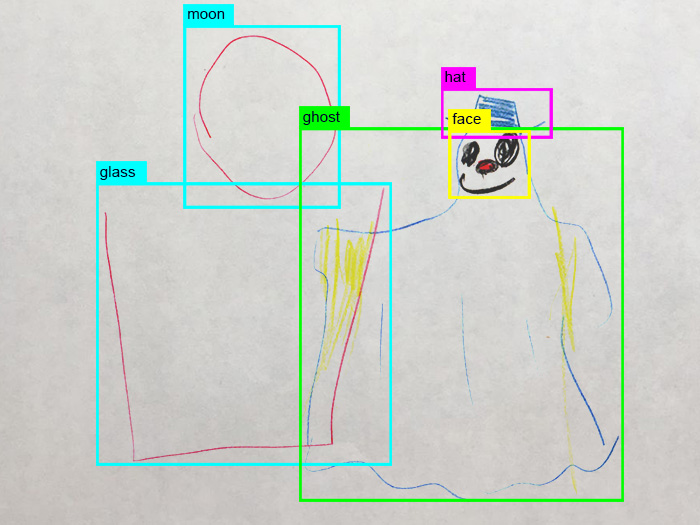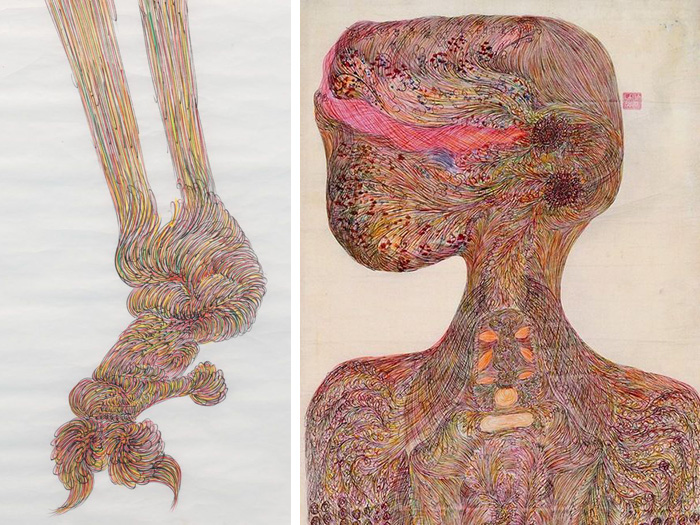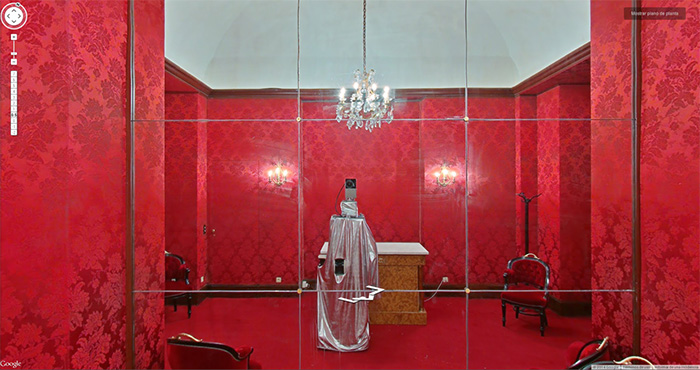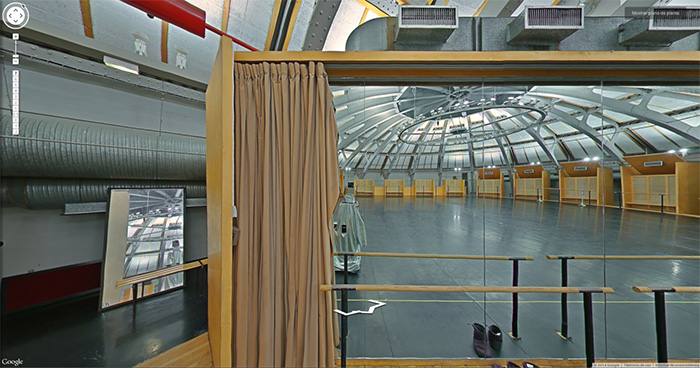escuela con esa nube
2020/04/02

En estos días de encierro estoy reuniendo material para My book of time. Escaneando mis primeros cuadernos donde dibujé una serie de fantasmas, con sombrero de copa o tipo cordobés... Creo que este complemento era para sujetar la sábana en caso de vendaval ¿? o puede que tenga algo que ver con una imagen que colgaba de la pared del cuarto donde pintaba de pequeña, un cartel de la feria del libro de los años 30 que advertía: «CUIDAD vuestra CABEZA / el SOMBRERO la ELEGANTIZA / el LIBRO la ENNOBLECE». Y a la hora del retrato, los espíritus que se saben a sí mismos como espíritus posan estilosamente.

En neurología la palabra «fantasma» tiene el sentido de un «recuerdo o imagen persistente de una parte del cuerpo, normalmente una extremidad, durante meses o años después de su pérdida». Pero en los círculos de las disciplinas orientales se afirma que cuando un miembro del organismo es extirpado, tal cambio no sucede en otras dimensiones más profundas; revelando la existencia de un cuerpo totalmente invisible al ojo humano, como el que dibuja Guo Fengyi mientras practica el «qigong» como búsqueda, también, de su propia curación. Muchas de sus obras representan temas que ella misma no ha podido observar, visiones que, junto con su familiaridad con los principios generales de la medicina china, la llevaron a dibujar diagramas de «canales para la energía del cuerpo que se asemejan al sistema circulatorio humano». Viajando mentalmente, Guo comenzó a dibujar seres y sitios que no conocía o que no podía visitar físicamente.

En la distancia física, cada vez que Google digitaliza un nuevo museo, Mario Santamaría se dedica a pasear por sus interiores a la caza de una cosa: «Estoy buscando un espejo donde pueda reflejarme», dice. Más específicamente, está buscando un espejo donde se pueda reflejar el robot Streetview de Google que tomó todas las fotografías. Es fácil antropomorfizar la cámara, pero Santamaría encuentra un significado más profundo en el autorretrato del robot: «¿Cuál es la posición del observador humano en un mundo cada vez más atravesado por procesos maquínicos? ¿Qué sentido tiene el patrimonio cultural para la mirada de la máquina? ¿Para quién estamos realmente creando estas plataformas digitales? ¿Quiénes son los habitantes de esta nueva infoesfera? ¿Nos están mirando las imágenes?».


Un bot entra a un bar y se bebe 1.000 horas de videos de Bob Ross. A la salida, @KeatonPatti le pide que escriba un episodio nuevo:
INT. ESTUDIO DE PINTURA
(…) Bob pinta una nube.
BOB ROSS — Yo fui a la escuela con esa nube.
Bob pinta un bosque.
BOB ROSS — Estos arboles traman algo, pero no se lo diré a la policía. A ver, ¿qué más necesita este cuadro?
Bob mira fijamente a cámara, supurando pintura.
BOB ROSS — Así es. Te necesita a ti.
Bob te pinta en lo alto de la montaña. Estás en paz.
BOB ROSS — Si necesitas ayuda, pídesela a la nube.
La nube no te ayudará.
≋
¶
school with that cloud. ≋ In these days of lockdown, gathering material for My book of time, I’ve scanned my childhood sketchbooks where I drew a series of ghosts wearing top hats and Cordovan ones… I think this accessory was there to hold the sheet in case of windstorm (?) or it may have something to do with an image that hung on the wall of the room where I painted as a child, a poster from a 1930s book fair, that said: «Take care of your head / a hat makes it look elegant / but the book ennobles it». And, when being portrayed, a spirit conscious of itself as spirit poses stylishly. ≋ In neurology, the word «phantom» refers to a «persistent memory or image of a body part, usually a limb, that lingers for months or years after its loss». But the oriental disciplines assure that when a member of the body is removed, this change doesn’t occur in other deeper dimensions; revealing the existence of a body that is totally invisible to the human eye, like the one Guo Fengyi draws while practicing «qigong», as a search also for her own healing. Many of her works depict subjects that she hasn’t been able to observe herself, visions that, coupled with her familarity with the broad principles of Chinese medicine, inspired her to draw diagrams of «channels for the body’s energy, and which resemble the human circulatory system». Traveling mentally, Guo began drawing sites and beings that she didn’t know about, or that she couldn’t physically visit. ≋ In the physical distance, whenever Google digitizes a new museum, Mario Santamaria clicks through it on the hunt for one thing: «I’m looking for a mirror where I can reflect myself,» he says. More specifically, he’s looking for a mirror where he can reflect Google’s Streetview robot, which took all of the photographs. It’s easy to anthropomorphize the camera, but Santamaria finds deeper meaning in the robot’s self-portraiture: «What is the position of the human observer in a world increasingly crossed by machinic processes? What sense does cultural heritage have for the gaze of the machine? Who are we really creating these digital platforms for? Who are the inhabitants of this new infosphere? Are the images looking at us?». ≋ A bot enters a bar and drinks 1,000 hours of videos of Bob Ross. At the end, @KeatonPatti asks the bot to write a new episode: INT. PAINTING STUDIO (…) Bob paints a cloud. / BOB ROSS — I went to school with that cloud. / Bob paints a forest. / BOB ROSS — These trees are up to something, but I won’t tell the police. Now, what more does this painting need? / Bob stares into the camera. Paint leaks out of him. / BOB ROSS — That’s right. It needs you. / Bob paints you on top of the mountain. You are at peace. / BOB ROSS — If you need help, ask the cloud. / The cloud won’t help you. ≋
♯ɘmiɈʇoʞoodγm ♯cazafantasmaconsombrero ♯elegantiza ♯fengyi ♯santamaria ♯camerainthemirror ♯botross


